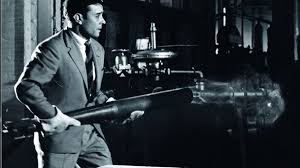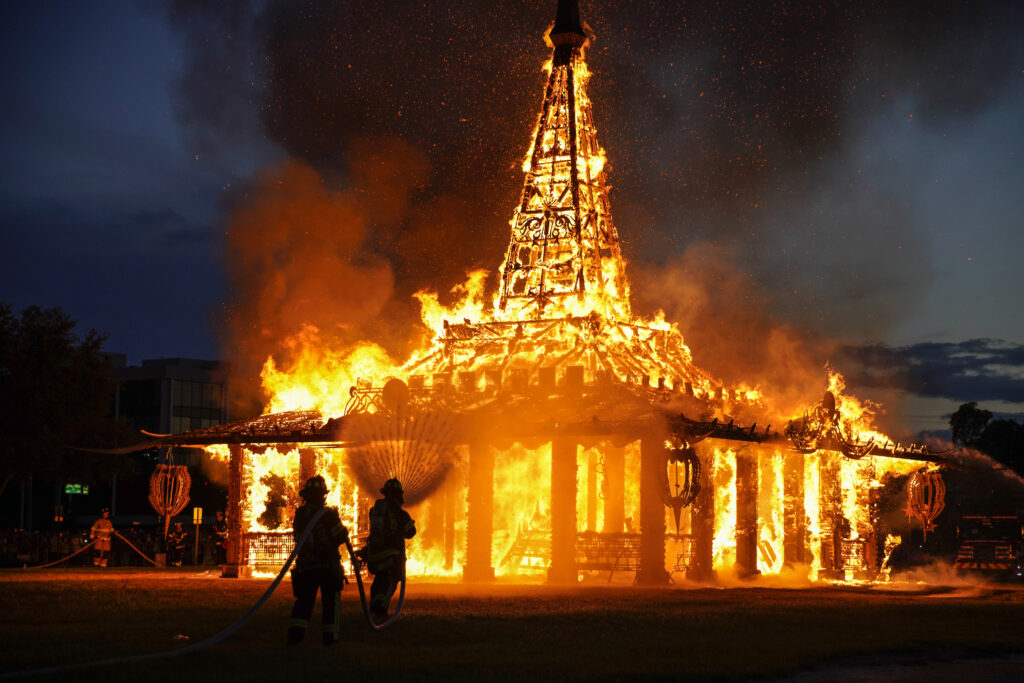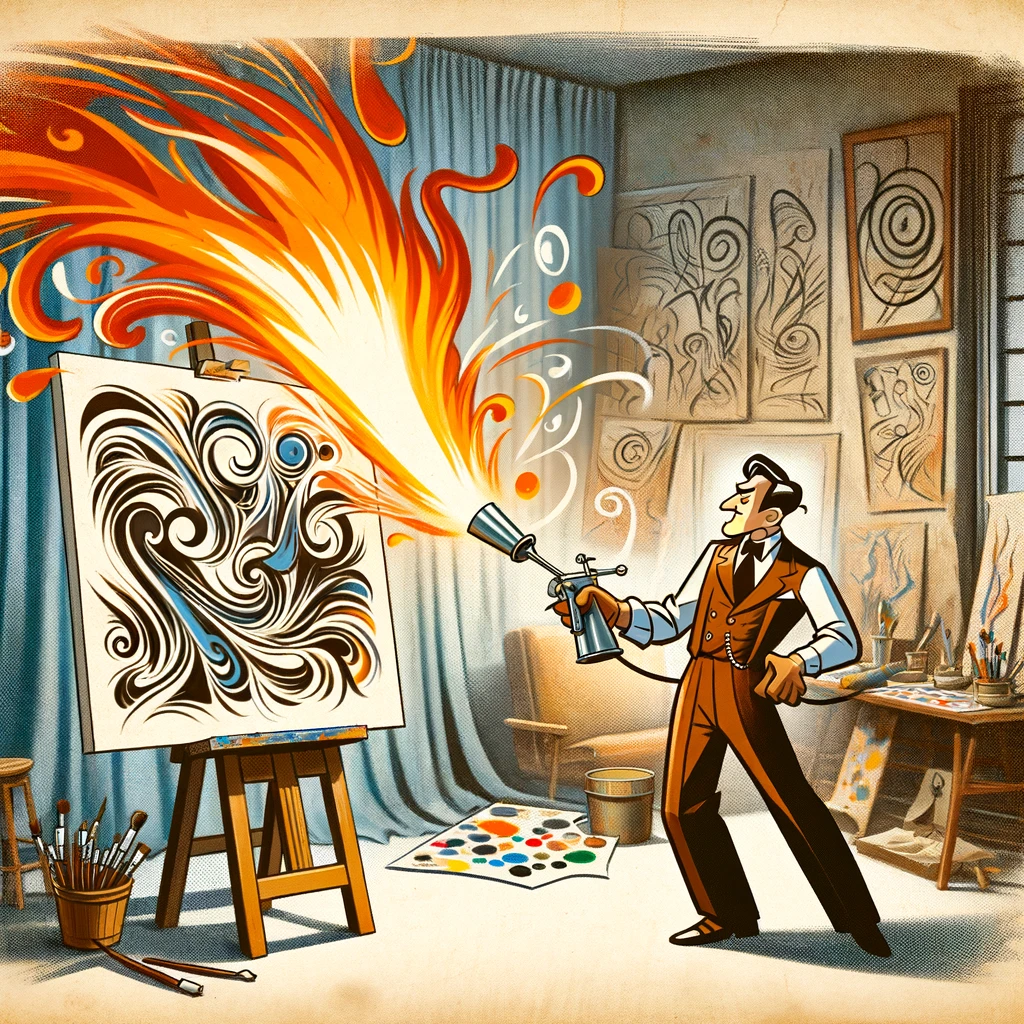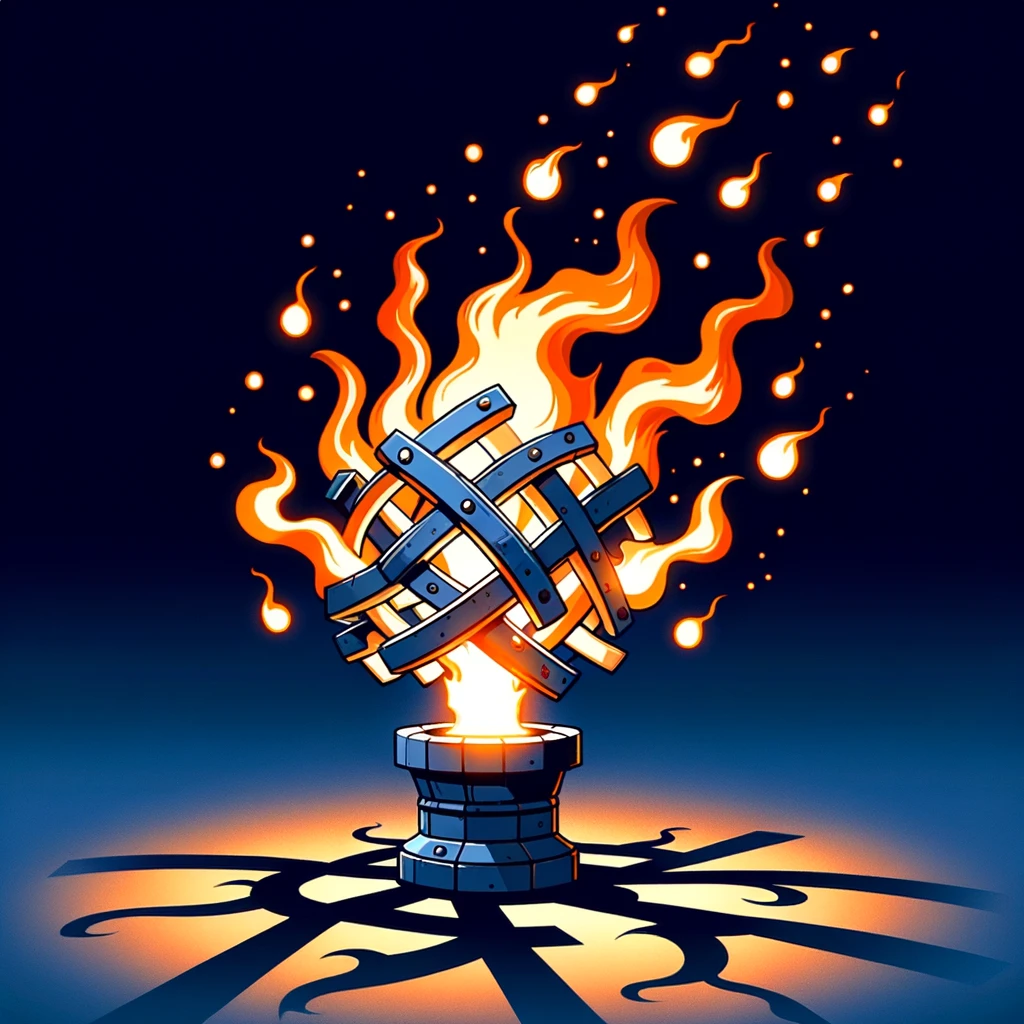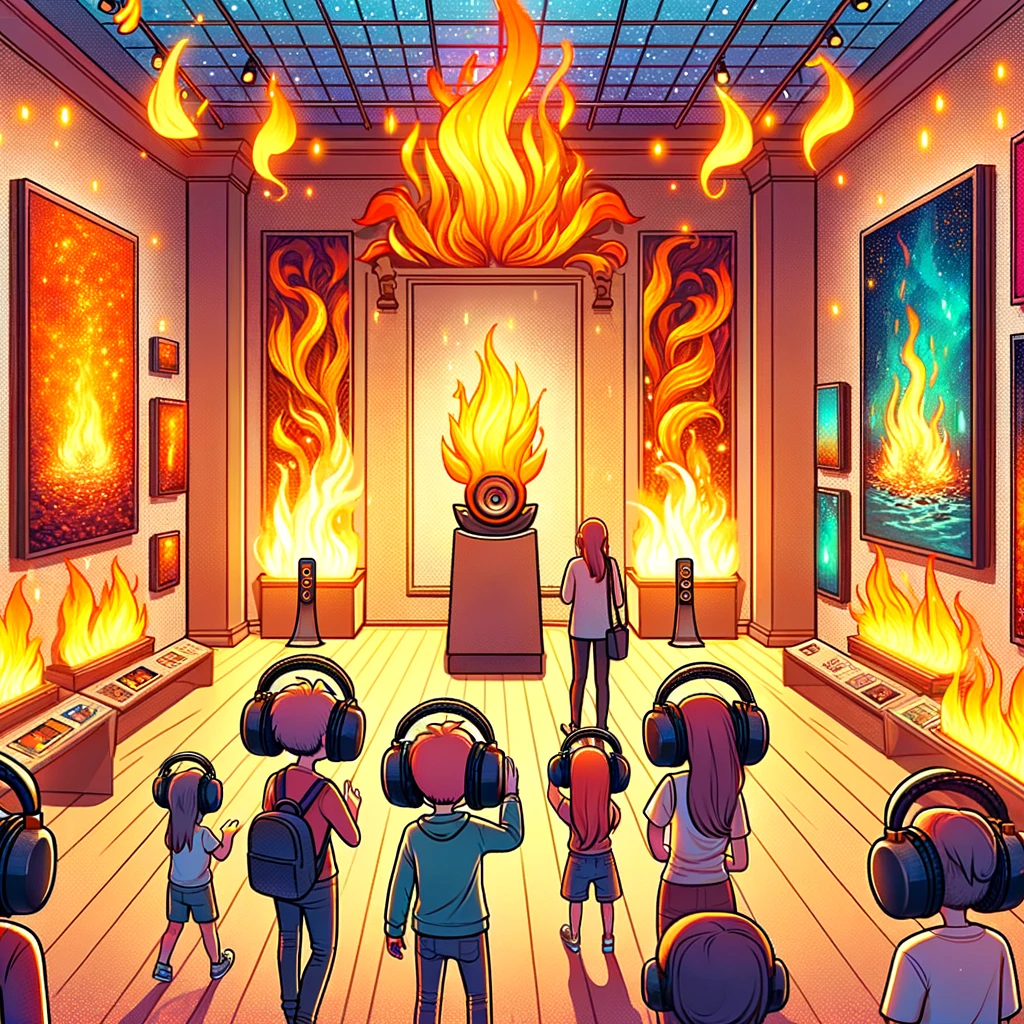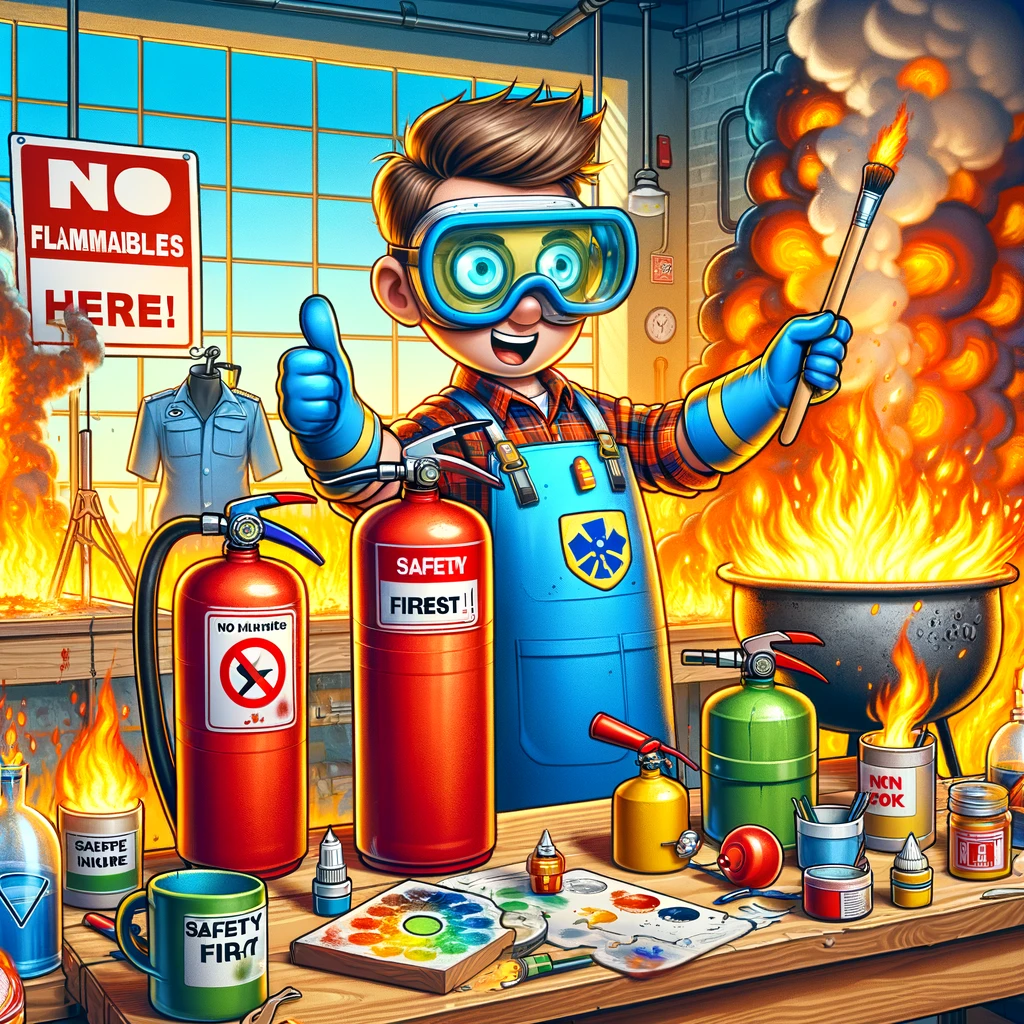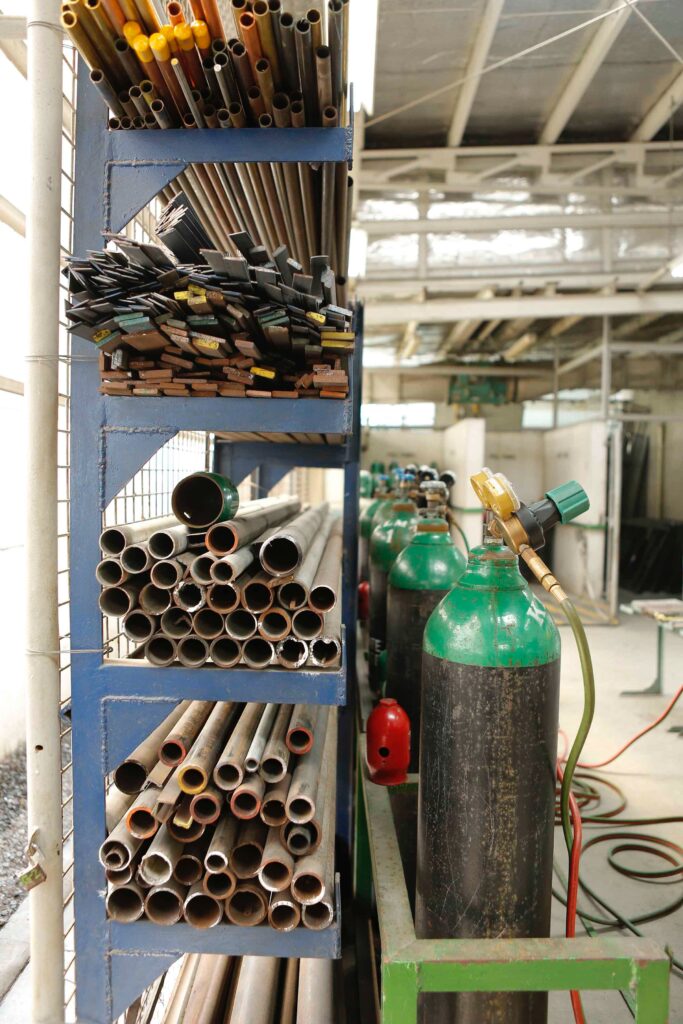LPG Around the World: A Journey from East to West
Liquefied Petroleum Gas (LPG), the unsung hero of global energy, powers kitchens, heats homes, and even fuels vehicles across our diverse planet. This versatile energy source, a byproduct of natural gas processing and petroleum refining, manifests in propane, butane, or a mix of the two. Its low carbon emissions and high efficiency have made it a favored choice in both bustling cities and remote locales. Let’s embark on a whimsical global tour to uncover how LPG lights up lives differently around the globe.
India: The Great LPG Revolution

In the vast and vibrant tapestry of India, a revolution has been quietly simmering, transforming the very essence of daily life for millions. This revolution, fueled by Liquefied Petroleum Gas (LPG), has been a beacon of progress, bringing light, warmth, and a breath of fresh air into countless homes. Known colloquially as the “Ujjwala Yojana,” this initiative has been a cornerstone of India’s energy policy, aiming to provide free LPG connections to over 80 million underprivileged households.
The genesis of this revolution lies in the recognition of a stark reality: millions of Indian homes relied on traditional biomass fuels like wood, dung, and crop residues for cooking. These practices, deeply ingrained in rural life, were not just inefficient but posed severe health risks due to indoor air pollution, contributing to respiratory diseases and other health ailments. The LPG revolution sought to change this narrative by making clean energy accessible to the masses.
The impact of this shift has been profound and multifaceted. Women, who bore the brunt of traditional cooking practices, spending hours gathering firewood and toiling over smoky chulhas, have found a new lease on life. LPG has liberated them from the shackles of smoke, soot, and drudgery. The blue flames of LPG stoves have not only improved their health but have also empowered them with time – time that can now be invested in education, livelihood, and community.
The cultural implications of this energy transition have been equally significant. LPG, once a symbol of urban affluence, has become a household staple, bridging the urban-rural divide. Festivals, weddings, and daily meals are now celebrated with dishes cooked on clean, efficient LPG stoves, marking a departure from traditional cooking methods.
Moreover, the LPG revolution has sparked a broader conversation about energy, environment, and health in India. It has paved the way for innovative energy solutions and sustainable practices, aligning with global environmental goals. The blue cylinders of LPG have become icons of progress, dotting the landscape from the bustling streets of Mumbai to the serene villages of the Himalayas.
As India continues on its path of development, the LPG revolution stands as a testament to the power of policy, innovation, and collective will in driving transformative change. It’s a narrative of empowerment, sustainability, and hope – a beacon for other nations navigating the complex terrains of energy, health, and development.
Brazil: The Bio-LPG Pioneer

In the heart of South America, Brazil emerges as a trailblazer in the realm of renewable energy, carving out a niche as a pioneer of Bio-LPG. This innovative endeavor reflects Brazil’s commitment to sustainability and environmental stewardship, setting a global benchmark for green energy solutions.
Bio-LPG in Brazil is a testament to the country’s ingenuity in leveraging its abundant biomass resources, derived from agricultural and industrial byproducts. Unlike conventional LPG, which is a fossil fuel, Bio-LPG is produced from renewable sources such as sugar cane bagasse, soybean oil, and other biomass. This not only provides a sustainable alternative to traditional LPG but also contributes to reducing the country’s carbon footprint.
The journey of Bio-LPG in Brazil is intertwined with the nation’s broader biofuel program, which has been a cornerstone of its energy policy for decades. The country’s vast sugarcane plantations, initially cultivated for ethanol production, have become a bedrock for Bio-LPG production. This circular economy approach ensures that waste products are transformed into valuable energy resources, exemplifying Brazil’s commitment to a sustainable energy future.
The adoption of Bio-LPG has had far-reaching implications for Brazilian society. It has bolstered energy security, reduced reliance on imported fossil fuels, and provided a cleaner cooking and heating solution for millions of households. In the bustling favelas and serene rural communities alike, Bio-LPG has been embraced as a viable and eco-friendly energy option.
Moreover, Brazil’s foray into Bio-LPG has sparked a cultural shift towards green energy. It has raised awareness about renewable energy sources and their potential to drive sustainable development. From the lively streets of Rio de Janeiro to the sprawling farmlands of the interior, Bio-LPG is seen as a symbol of innovation and environmental responsibility.
Brazil’s leadership in Bio-LPG is not just about energy diversification; it’s a reflection of the country’s broader vision for a sustainable and resilient future. As the world grapples with the challenges of climate change and energy transition, Brazil’s Bio-LPG initiative serves as an inspiring blueprint for harnessing renewable resources to meet our energy needs while protecting the planet.
Indonesia: The Blue Flame Movement

In the sprawling archipelago of Indonesia, a transformative movement is underway, known affectionately as the “Blue Flame Movement.” This initiative represents Indonesia’s ambitious drive to transition millions of households from traditional biomass fuels to the cleaner, more efficient Liquefied Petroleum Gas (LPG). The movement is not just about changing how people cook; it’s about altering the very fabric of daily life, improving health, and safeguarding the environment.
The genesis of the Blue Flame Movement can be traced back to the government’s realization of the detrimental health impacts associated with traditional cooking methods. In rural and even some urban households, the use of wood, charcoal, and other biomass for cooking was prevalent. These methods, while deeply ingrained in the cultural practices of many communities, posed significant health risks due to indoor air pollution, contributing to respiratory illnesses and other health issues.
The Indonesian government’s response was swift and decisive. The nationwide kerosene-to-LPG conversion program aimed to replace kerosene stoves with LPG stoves and cylinders, dubbed the “Blue Flame” due to the color of LPG’s flame when burned. The program was monumental in scale, targeting millions of households across the diverse islands of the nation.
The impact of this shift to LPG has been profound. For families across Indonesia, the Blue Flame Movement has meant more than just a new way to cook. It has brought about a significant improvement in indoor air quality, reducing the health hazards associated with smoke and soot from biomass fuels. Women and children, who traditionally spent hours tending to open fires, found themselves with more time for education, work, and leisure, leading to improved literacy rates and economic opportunities.
Culturally, the movement has woven itself into the fabric of Indonesian society. The LPG stove, once a novelty, has become a household staple, bridging the gap between tradition and modernity. Community gatherings, weddings, and everyday meals now often feature dishes prepared with the convenience and cleanliness of LPG.
Moreover, the Blue Flame Movement has sparked a broader conversation about energy use and environmental stewardship in Indonesia. It has highlighted the importance of sustainable energy solutions in addressing not only environmental concerns but also social and health issues.
As Indonesia continues to navigate its path towards sustainable development, the Blue Flame Movement stands as a testament to the power of collective action and policy in driving positive change. It exemplifies how innovative energy solutions can transform lives, protect the environment, and pave the way for a brighter, cleaner future.
Japan: The LPG-Powered Technopolis

In the heart of Asia, Japan stands as a beacon of innovation and efficiency, particularly in its use of Liquefied Petroleum Gas (LPG). This island nation, known for its cutting-edge technology and compact urban landscapes, has ingeniously integrated LPG into its energy matrix, transforming it into an LPG-powered technopolis. The story of LPG in Japan is one of harmony between tradition and modernity, where ancient principles meet futuristic innovation.
Japan’s embrace of LPG is driven by necessity and ingenuity. With limited natural resources, the country has always sought efficient and reliable energy solutions. LPG, with its versatility and clean-burning properties, fits seamlessly into this quest. It powers everything from household cooking and heating to industrial processes, playing a crucial role in the nation’s energy security and environmental sustainability.
One of the most striking aspects of Japan’s LPG usage is in its transportation sector. The streets of Tokyo and other cities are a testament to the popularity of LPG as an alternative fuel. LPG-powered taxis and buses are commonplace, their blue flames symbolizing a commitment to cleaner, greener urban mobility. These vehicles reduce emissions significantly compared to their gasoline and diesel counterparts, contributing to Japan’s efforts to combat urban air pollution.
Furthermore, Japan’s LPG narrative extends beyond transportation and into the realm of cogeneration systems. These innovative systems utilize LPG to produce both electricity and heat, achieving remarkable levels of energy efficiency. In the densely packed high-rises of Tokyo, Osaka, and beyond, LPG cogeneration systems ensure a reliable supply of power while minimizing environmental impact.
The integration of LPG into Japanese society also reflects a deep cultural appreciation for harmony with nature. The use of this clean energy source aligns with the country’s philosophy of “mottainai,” a term expressing regret over waste. By optimizing energy use and reducing emissions, LPG contributes to Japan’s pursuit of sustainable living, even in its bustling metropolises.
Moreover, Japan’s approach to LPG is marked by continuous innovation. From developing ultra-efficient LPG appliances to exploring biogas and other renewable forms of LPG, Japan is at the forefront of research and development in this field. These efforts not only enhance the country’s energy resilience but also offer a model for others to follow in the global transition to cleaner energy sources.
In essence, Japan’s story of LPG is a narrative of balance. It is a testament to how a nation can embrace modernity while respecting tradition, and how an energy source as versatile as LPG can be woven into the fabric of a society to power its journey into the future. As the world looks towards more sustainable energy solutions, Japan’s LPG-powered technopolis stands as a shining example of what is possible when innovation meets intention.
Morocco: The LPG Lifeline

In the vibrant mosaic of Morocco, where ancient kasbahs stand against the backdrop of the Atlas Mountains and bustling souks enliven the medinas, Liquefied Petroleum Gas (LPG) plays a pivotal role in the daily lives of the Moroccan people. Known locally as butane, LPG cylinders are a common sight, dotting the landscape from the winding alleys of Marrakech to the remote Berber villages in the Sahara.
The journey of LPG in Morocco is a story of transformation and sustainability. Traditionally reliant on wood and charcoal for cooking and heating, Moroccan households faced the dual challenges of environmental degradation and indoor air pollution, a silent menace to health. The introduction of LPG emerged as a lifeline, offering a cleaner, more efficient alternative that has since become ingrained in Moroccan culture.
The government’s proactive measures to subsidize LPG and ensure its widespread availability have been instrumental in this energy transition. These efforts have democratized access to LPG, making it affordable even for the most remote and impoverished communities. This accessibility has had a profound impact on Moroccan society, particularly on the lives of women, who traditionally spent hours collecting firewood. LPG has freed them from this laborious task, empowering them with more time for education, craftsmanship, and participation in community life.
LPG’s influence extends into the culinary heart of Morocco. The preparation of traditional dishes, such as the slow-cooked tagine or the communal couscous, has been revolutionized by LPG stoves. These dishes, which are central to Moroccan family life and hospitality, can now be prepared with greater ease and safety, preserving the rich flavors and traditions while embracing modern convenience.
Moreover, Morocco’s adoption of LPG reflects a broader commitment to environmental stewardship. By reducing reliance on biomass fuels, Morocco is combating deforestation and contributing to global efforts to reduce carbon emissions. The blue flame of LPG, thus, symbolizes not only the warmth of Moroccan hospitality but also a beacon of progress towards a more sustainable and resilient future.
In essence, LPG in Morocco is more than just an energy source; it’s a lifeline that nurtures the warmth of family, the richness of tradition, and the promise of a sustainable future. As Morocco continues to navigate the path of development, LPG stands as a testament to the nation’s resilience, adaptability, and enduring commitment to the well-being of its people and the preservation of its natural heritage.
The United States: The LPG Drive

In the vast and diverse landscape of the United States, Liquefied Petroleum Gas (LPG), also known as propane, powers more than just backyard barbecues and camping stoves. It’s at the heart of a quieter, yet significant, energy revolution that’s driving the nation towards cleaner, more sustainable transportation solutions. This “LPG Drive” is a testament to America’s innovative spirit and its commitment to reducing carbon emissions.
The use of LPG as an alternative fuel, known as autogas in the transportation sector, is a growing trend in the United States. With its cleaner combustion properties, LPG presents a compelling case for fleets looking to reduce their environmental footprint without compromising on performance. School buses, delivery vans, and public transportation fleets across the country are increasingly turning to LPG, drawn by its economic and environmental benefits.
One of the most compelling narratives in the U.S. LPG story is its role in powering school buses. The iconic yellow school bus, a symbol of American education, is undergoing a green transformation. Districts in Texas, California, and beyond have embraced LPG-powered buses, citing reduced emissions, lower operating costs, and quieter operation. This shift not only contributes to cleaner air but also provides a healthier environment for the millions of children who ride these buses every day.
The adoption of LPG in the U.S. transportation sector is supported by a growing infrastructure of refueling stations, making it increasingly convenient for fleet operators to make the switch. Moreover, advancements in LPG technology, including more efficient engines and fuel systems, are enhancing the appeal of LPG as a viable alternative to traditional fuels.
The drive towards LPG in the United States also reflects a broader cultural shift towards sustainability. American consumers and businesses are more conscious than ever of their environmental impact, seeking out cleaner, more sustainable energy sources. LPG, with its lower greenhouse gas emissions compared to gasoline and diesel, fits neatly into this paradigm.
Furthermore, the LPG industry in the United States is a significant contributor to the economy, providing jobs and supporting local communities. The production, distribution, and servicing of LPG and LPG-powered vehicles create a wide array of employment opportunities, from rural propane suppliers to urban fleet technicians.
In essence, the “LPG Drive” in the United States is more than just an energy trend; it’s a movement towards a cleaner, more sustainable future. It’s a journey that’s taking place on the roads of America, one LPG-powered vehicle at a time, driving the nation forward with each mile.
Kenya: Empowering Communities

In the vibrant heart of East Africa, Kenya is making strides in energy transformation, with Liquefied Petroleum Gas (LPG) emerging as a key player in empowering communities and fostering sustainable development. This shift towards LPG is part of a broader narrative of resilience and innovation, as Kenyans seek cleaner, more efficient alternatives to traditional biomass fuels.
Historically, Kenya’s rural and urban populations have relied heavily on wood, charcoal, and kerosene for cooking and heating. These traditional energy sources, while deeply ingrained in Kenyan culture, pose significant health risks due to indoor air pollution and are environmentally unsustainable. The Kenyan government, recognizing the urgency of the situation, has initiated policies and programs to promote LPG as a cleaner and safer alternative.
The impact of LPG adoption in Kenya is profound. For households making the transition, LPG offers a cleaner burn, significantly reducing exposure to harmful smoke and particulates. This has direct benefits for respiratory health, particularly for women and children, who are traditionally more exposed to indoor air pollution from cooking fires. Moreover, LPG stoves are more efficient and convenient, saving time and labor for families and enabling them to allocate more resources to education and economic activities.
The cultural shift towards LPG in Kenya is also noteworthy. As communities embrace this modern energy source, there is a growing awareness of environmental conservation and the health benefits of reduced air pollution. This cultural transition is supported by local initiatives and non-governmental organizations that facilitate access to LPG through education, subsidies, and micro-financing schemes, making it more accessible to low-income households.
Kenya’s journey with LPG is also a story of empowerment. By reducing the time spent collecting firewood or tending to traditional stoves, LPG frees up time for productive activities, contributing to economic empowerment, especially for women. This shift is fostering a generation of Kenyans who are not only healthier but also more economically resilient.
Furthermore, the move towards LPG is contributing to environmental conservation efforts in Kenya. By reducing reliance on wood and charcoal, LPG helps combat deforestation and habitat destruction, preserving Kenya’s rich biodiversity for future generations.
In essence, Kenya’s embrace of LPG is more than just an energy transition; it’s a transformative movement that is empowering communities, improving health, and safeguarding the environment. As Kenyans continue to innovate and adapt, LPG stands as a beacon of progress, illuminating the path towards a sustainable and prosperous future.
Conclusion: The LPG Mosaic
The global landscape of Liquefied Petroleum Gas (LPG) usage paints a diverse and colorful mosaic, reflecting a universal energy solution tailored to local cultures, needs, and innovations. From the bustling streets of India, where the LPG revolution empowers millions of households with clean cooking solutions, to the vibrant landscapes of Brazil, leading the charge in bio-LPG, the story of LPG is one of adaptation and progress. In Indonesia, the Blue Flame Movement signifies a national shift towards cleaner energy, while Japan’s technologically advanced use of LPG harmonizes tradition with modernity. Morocco’s reliance on LPG intertwines with its rich cultural fabric, providing a lifeline to its people, just as the United States explores LPG’s versatility in transportation. Kenya’s journey towards LPG usage highlights community empowerment and environmental conservation. Together, these narratives form a global tapestry, showcasing LPG’s role in enhancing lives, protecting the environment, and shaping a sustainable future, making it a cornerstone of global energy solutions.


